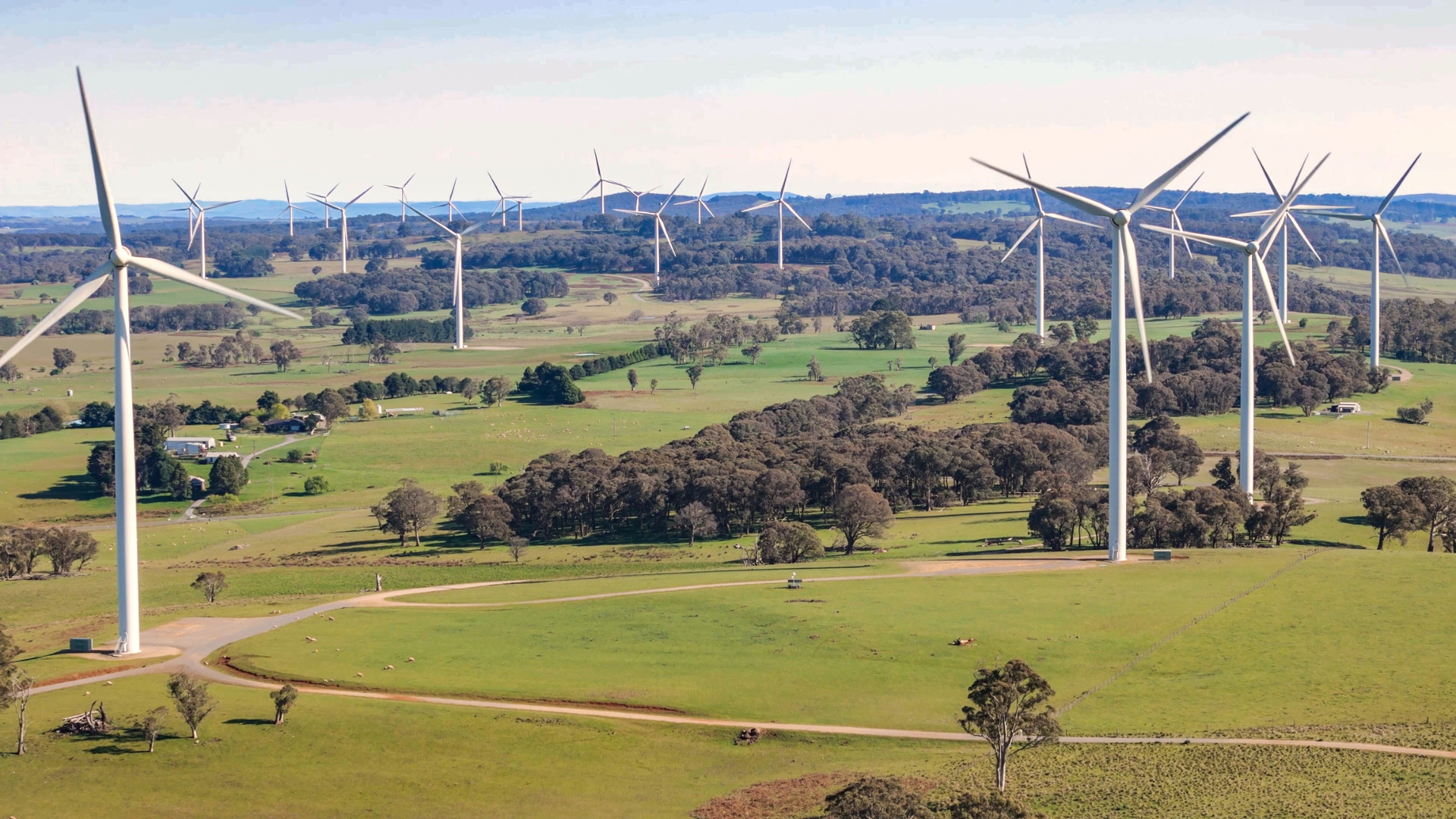Why Asia needs more liberalization and integration: Comment by Greg Bright
If China opens up its financial system at the rate at least one big bank expects there will be extra pressure on regional neighbours to fast-track their proposed integration and liberalization plans or be left behind.
The 10 member nations of ASEAN, which was formed in 1967, have been making some progress towards a type of ASEAN economic community, with an ‘implementation plan’ which is agreed to target meaningful capital market integration by 2015. If China accelerates its financial reform agenda, as HSBC has predicted (see separate report), the small nations among ASEAN have the most to lose.
ASEAN consists of Singapore, Indonesia, Malaysia, Thailand, Myanmar, Laos, Cambodia, Vietnam, Brunei and the Philippines. Only two have a per-capita GDP above US$30,000 a year – Singapore, and Brunei. Next comes Malaysia with $8,500 as at 2010.
In a report published by State Street last year the challenges faced to meet the ASEAN implementation plan deadline were examined and it was suggested the group look at working more closely with broader regional groups, such as the 21-member APEC, as well as broadening their investment pitch to include Australia, China, Japan and Europe rather than concentrating on the US.
This report said that, if integration and liberalization were successful, South East Asia had the potential to provide asset managers and investors with a meaningful complement to the depth and strength of the likes of China and India.
However, State Street said, there was room for greater co-operation on funds passporting, SME financing, infrastructure and insurance to achieve synergies in the broader Asian region rather than a more complex web of regulations.
The ASEAN finance ministers’ meeting in Cambodia this year made the right sort of noises again about the path to integration without offering much in the way of specifics.
The Asian fund passport idea is an APEC initiative and has Australia – and State Street – as an enthusiastic supporter. Australia, despite its large and sophisticated funds management industry, fails to attract significant international inbound investment and has so far failed also in its attempt to export its talent. Regulations and a high and complex tax structure are seen as the main obstacles.
Similar to the reasons that ASEAN should lift the pace of its reforms, so should APEC in building a better system to tap into potential cross-border portfolio investment from China.







